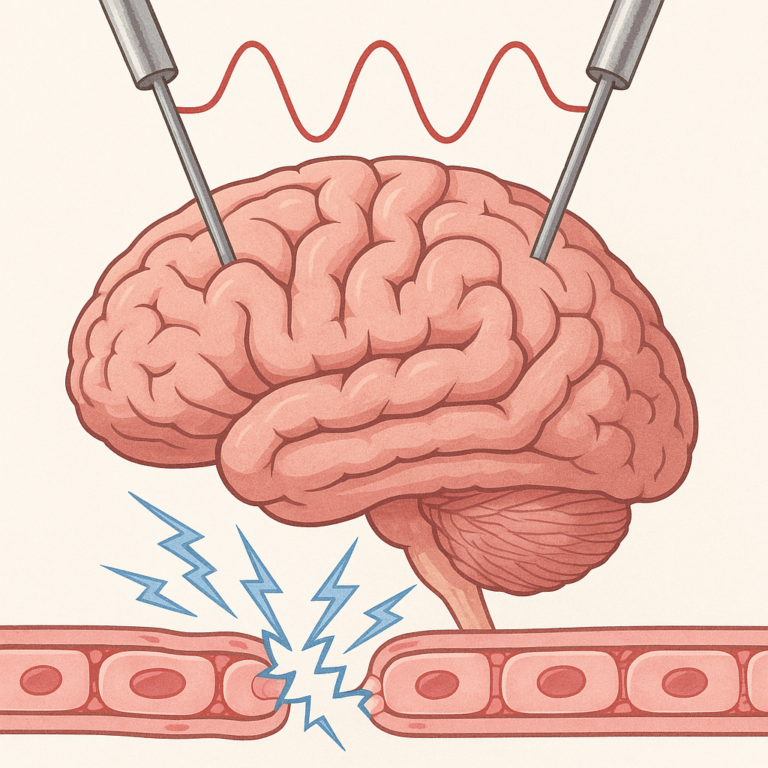Introduction
Adipocytes, also known as fat cells, play a crucial role in energy homeostasis and metabolic function in the human body. They are largely categorized into two types – white adipocytes and brown adipocytes, each with its unique functions and characteristics (Rosen & Spiegelman, 2000). This article delves into the structure, function, and significance of adipocytes, with a focus on their role in health and disease.
Adipocyte Structure and Types
Adipocytes are specialized cells that store energy as fat. They are primarily composed of a single, large lipid droplet, surrounded by a layer of cytoplasm and a cell nucleus (Cinti, 2006). Adipocytes are classified into two main types: white adipocytes and brown adipocytes.
White adipocytes are responsible for energy storage and release. They store excess energy in the form of triglycerides and release it as fatty acids and glycerol when the body needs energy (Trayhurn & Beattie, 2001). Brown adipocytes, on the other hand, are involved in energy expenditure. They contain numerous small lipid droplets and a high number of mitochondria, which allow them to generate heat and burn calories (Cannon & Nedergaard, 2004).
Adipocyte Function and Metabolism
Beyond their role in energy storage and expenditure, adipocytes execute a wide array of metabolic functions. They produce and secrete various hormones, cytokines, and other signaling molecules, collectively termed adipokines, which regulate multiple physiological processes including appetite, insulin sensitivity, inflammation, and immune function (Ouchi et al., 2011).
Adipocytes are also involved in lipid metabolism. They synthesize and store triglycerides during periods of energy abundance and hydrolyze them into fatty acids and glycerol during periods of energy demand (Lafontan & Langin, 2009).
Adipocytes in Health and Disease
Adipocytes play a pivotal role in maintaining metabolic health. Dysregulation in adipocyte function can lead to metabolic disorders such as obesity, type 2 diabetes, and cardiovascular diseases.
In obesity, the number and size of adipocytes increase, leading to a pro-inflammatory state and insulin resistance (Kusminski et al., 2016). Conversely, dysfunction of brown adipocytes is associated with decreased energy expenditure and increased susceptibility to obesity and metabolic diseases (Cohen & Spiegelman, 2016).
Furthermore, adipocytes are implicated in the pathogenesis of certain cancers. They secrete adipokines that can stimulate cancer cell proliferation and invasion, contributing to tumor growth and progression (Park & Lee, 2014).
Conclusion
Adipocytes, though often associated with negative connotations due to their role in obesity, play an essential role in energy homeostasis and metabolic function. Their dysfunction can lead to a cascade of metabolic disorders, emphasizing the importance of maintaining a healthy adipose tissue. Researchers are actively exploring therapeutic strategies to regulate adipocyte function, offering promising avenues to combat obesity and related diseases.
References
Cannon, B., & Nedergaard, J. (2004). Brown adipose tissue: function and physiological significance. Physiological reviews, 84(1), 277-359.
Cinti, S. (2006). The role of brown adipose tissue in human obesity. Nutrition, Metabolism and Cardiovascular Diseases, 16(8), 569-574.
Cohen, P., & Spiegelman, B. M. (2016). Brown and beige fat: molecular parts of a thermogenic machine. Diabetes, 64(7), 2346-2351.
Kusminski, C. M., Bickel, P. E., & Scherer, P. E. (2016). Targeting adipose tissue in the treatment of obesity-associated diabetes. Nature reviews. Drug discovery, 15(9), 639–660.
Lafontan, M., & Langin, D. (2009). Lipolysis and lipid mobilization in human adipose tissue. Progress in lipid research, 48(5), 275-297.
Ouchi, N., Parker, J. L., Lugus, J. J., & Walsh, K. (2011). Adipokines in inflammation and metabolic disease. Nature reviews. Immunology, 11(2), 85–97.
Park, J., & Lee, J. E. (2014). Adipocytes, obesity and breast cancer. Journal of Mammary Gland Biology and Neoplasia, 19(3-4), 213-223.
Rosen, E. D., & Spiegelman, B. M. (2000). Molecular regulation of adipogenesis. Annual review of cell and developmental biology, 16, 145-171.
Trayhurn, P., & Beattie, J. H. (2001). Physiological role of adipose tissue: white adipose tissue as an endocrine and secretory organ. Proceedings of the Nutrition Society, 60(3), 329-339.


